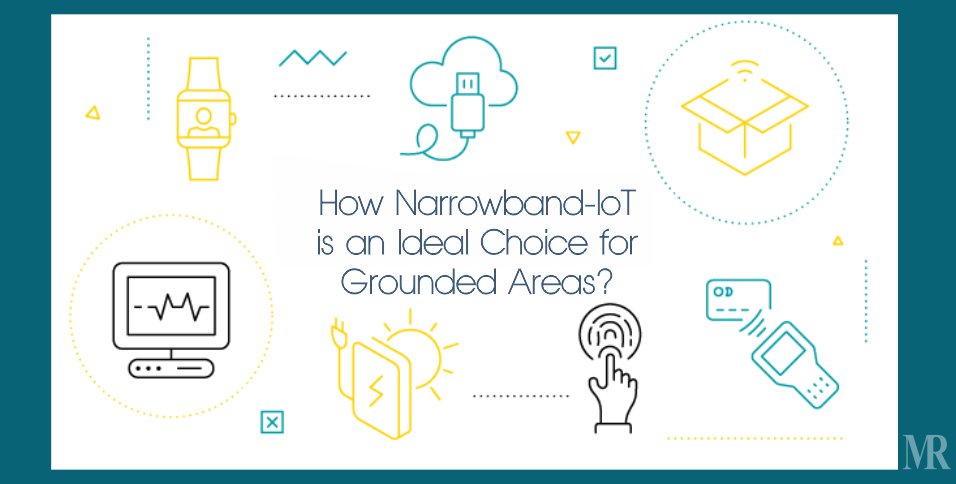Have you ever pondered why grounded areas, such as basements, have fluctuating or no network at all? Have you also wondered what if someone plans to install devices and establish communication in such grounded areas? Is it even possible to do so? The answer is yes. This can be done using Narrowband-IoT. NB-IoT or Narrowband Technology can enable devices along with applications. This low-power wide-area technology has the potential to eradicate all the difficulties along with providing low power consumption, better system capacity, and improved spectrum efficiency. Moreover, obsolete technologies such as GPRS and GSM are complicated in comparison to Narrowband-IoT. This IoT can change the course of battery life by sustaining for 10 years. However, physical layers and signals can be designed for a better outcome.
1. It optimizes Water Supply
Based in Madrid, Spain, Canal de Isabel II (in charge of managing Madrid’s water supply) is looking for an efficient way to optimize water supply by informing people about accurate water consumption. Telefonica tech, a telecommunications company based in Madrid, has teamed up with Contazara to improve water supply. The collaborators have planned to install 13,000 smart meters and will leverage Narrowband-IoT to establish communication.
For the next three years, roughly 650,000 water meters will be consolidated with Narrowband IoT in the first phase of installation. The IoT connectivity will enhance the reach along with area coverage for basements, manholes, and meter rooms.
2. It Enhances Mobile Connection Reach
Narrowband IoT improves the mobile connection reach by establishing 50,000 subscribers per radio cell. Traditional mobile connection reaches its limits in grounded areas, however, Narrowband IoT can establish a secure and robust connection without any requirement of external power. In comparison with a global system for mobile connection, Narrowband-IoT can achieve 20 decibels higher performance. The fact that Narrowband-IoT has such a long range, it becomes an excellent choice for tracking containers and goods, as well as keeping an eye on tanks and turbines.
3. It is Low-Power, High-reach Technology
Low-power but high-reach technologies, such as LoRaWAN, Weightless, Sigfox, RPMA, and UNB, operate on the unlicensed frequency band. Narrowband IoT, LTE-M, and EC-GSM all use licensed spectrum, which allows them to achieve quality, security, and data privacy criteria as compared to traditional mobile technology. It is unnecessary to set up a completely redesigned network because technologies that use current infrastructure can be deployed quickly. One company that has enabled NB-IoT on its cell towers with a simple software update is Deutsche Telekom, which also introduced its first commercial application, a smart parking system. Thus, it is safe to say that the Narrowband IoT technology will go through multiple advancements in the future.
















